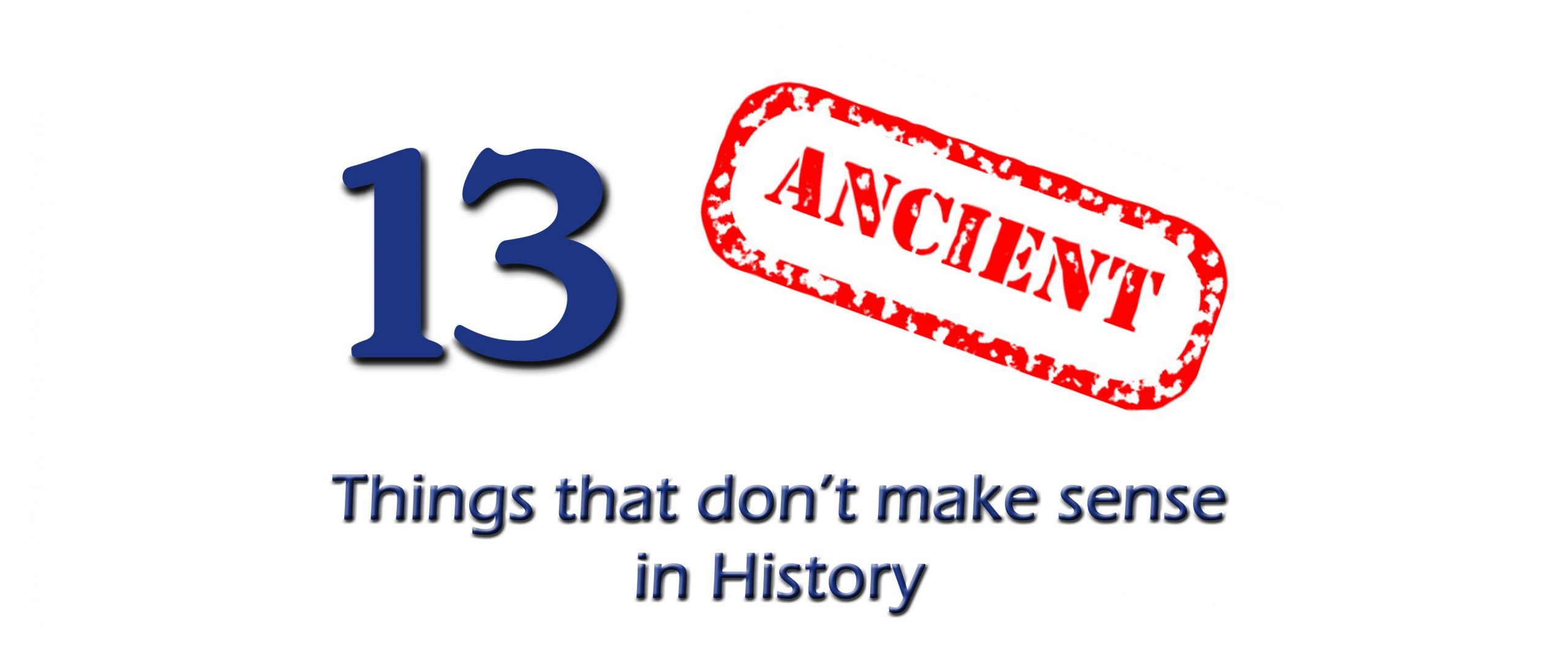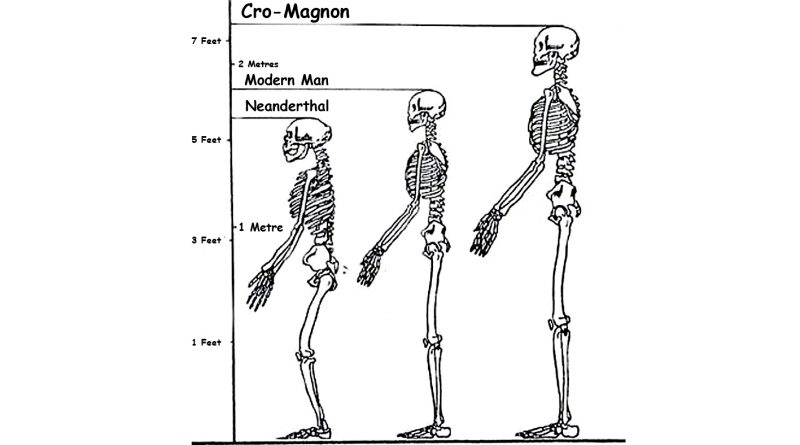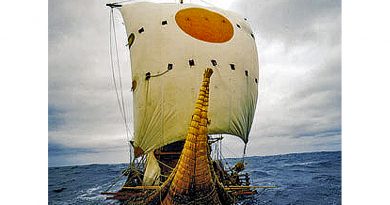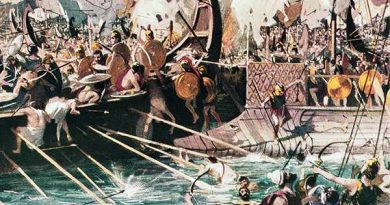Giant Skeletons – found by French archaeologists now dismissed by today’s historians
“Your theory is crazy, but it’s not crazy enough to be true” – Niels Bohr
The myths about giants go way back in history, and science fiction has taken such stories and exaggerated the truth to such proportions that many believe such tales are pseudoscience and dismiss them without proactive thought. But the Victorian ear archaeologists had no such doubts when they discovered the ‘Giant Skeletons’ real skeletal work, and they had such massive biological proof that they named this species of the Homo family ‘Cro-Magnon’ to reflect how different they were in comparison to their discoverers.
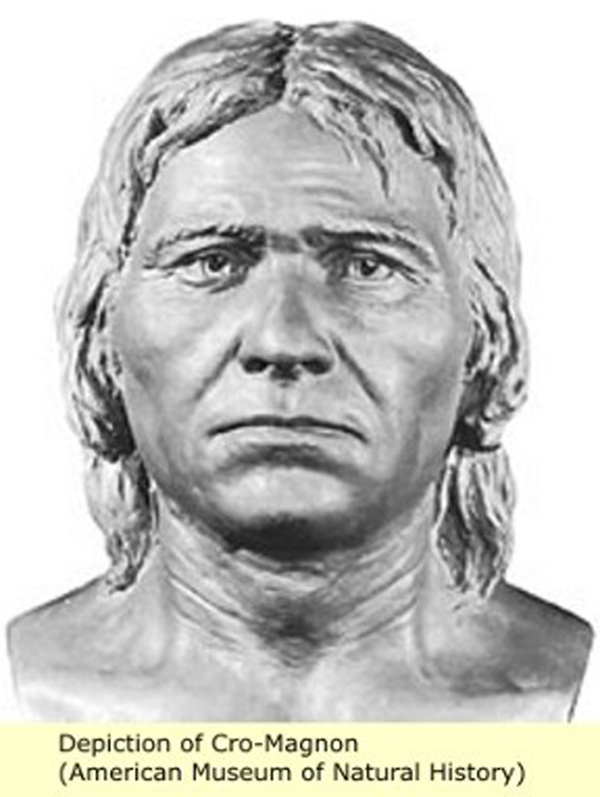
Cro-Magnon is the name of a rock shelter near Dordogne, France. Here three prehistoric skeletons were found in 1868. These humanoid remains are about 28,000 years old. These skeletons showed the same forehead, upright posture and slender skeletons as modern humans. Necklaces were found buried with their bodies, suggesting the first forms of humanoid burial rights. These bodies showed signs of illness and injury; some had fused vertebrae in their necks, and others had skull fractures showing that they had cared for each other as these skeletons showed signs of healing and, therefore, living beyond their injuries.
From Wikipedia:
Cro-Magnon is a name that has been used to describe the first early modern humans (early Homo sapiens sapiens) of the European Upper Paleolithic. Current scientific literature prefers the term European Early Modern Humans (EEMH), to the term ‘Cro-Magnon,’ which has no formal taxonomic status, as it refers neither to a species or subspecies nor an archaeological phase or culture. The earliest known remains of Cro-Magnon-like humans are radiocarbon dated to 43,000 years before present, being one of many subgroups of the modern humans who left Africa around 120,000 years ago, they are among the ancestors of current European populations.
Cro-Magnons were robustly built and robust. The body was generally heavy and solid with a strong musculature. The forehead was fairly straight rather than sloping like in Neanderthals and with slight brow ridges. The face was short and wide. Like other modern humans, Cro-Magnons had a prominent chin. The brain capacity was about 1,600 cubic centimetres (98 cu in), more significant than the average for modern humans. However, recent research suggests that the physical dimensions of the so-called ‘Cro-Magnon’ are not sufficiently different from modern humans to warrant a separate designation.
However, the Cro-Magnons found under the rock shelter were over a foot taller, twice as strong and lived longer than their discoverers. As Wikipedia states in a ‘throw away’ line, they also had a brain capacity 15% greater than the people who found them, and this is why the Victorians saw them as a sub-species of man and named them accordingly. Moreover, this civilisation was the first to paint and play musical instruments. The Victorian archaeologists have thoroughly questioned why they were found in caves as they often referred to our ancestors as ‘cavemen’ if they lived over 30,000 years ago.
This perceived ‘caveman’ analogy is not very helpful in understanding the complex societies of the past as it suggests that the entire ‘stone age’ population lived in caves. The reality is that if this were a true statement, we would need to cut down the estimated number of humans in Europe at this time by about 70% as there would be insufficient caves to live within.
Furthermore, the dangerous animal population, such as the Brown Bears, would have outnumbered the humans by about 6:1, not even taking into account the vast numbers of Wolves and Tigers, who also lived in the caves of Europe at this time, making it somewhat precarious to be a ‘caveman’!
Such blatant misinterpretations can cause the study of our prehistory endless problems. For example, when archaeologists find human bones in caves with bite and scratch marks (from teeth), they immediately assume that these ‘cavemen’ lived in caves squalid conditions and were cannibalistic and, consequently, primitive and barbaric. In reality, these remains were more likely the dinner for either a brown bear or wild cat that roamed the forests of prehistoric Europe and were dragged into the cave.
Who are these Cro-Magnons, where did they come from, and where did they live?
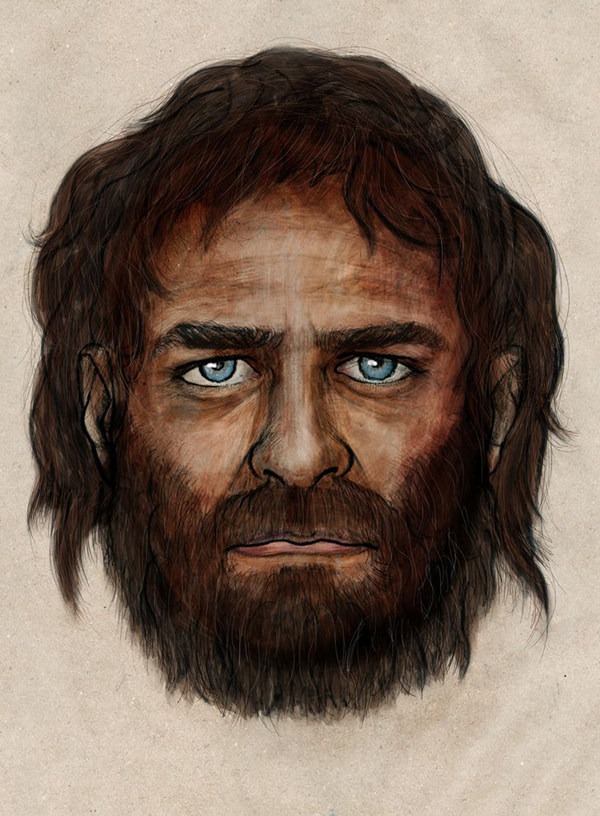
Modern news headlines often hint that our ancestry is not as ‘clear cut’ as the anthropologists would imagine. A recent article in Nature Magazine (2013) that also appeared in the tabloids showed that our DNA could be mapped to our ancient past, but the consequences led to some extraordinary conclusions as demonstrated on this National Geographic website report in Jan 2014:
Apologies to Frank Sinatra, but the authentic Ol’ Blue Eyes has been found—a 7,000year-old Spaniard whose fossil genes reveal that early Europeans sported blue eyes and dark skin.
Mapping the blue-eyed boy’s genes is part of an ongoing effort to uncover the DNA of ancient humans. The new study in the journal Nature, led by Inigo Olalde of Spain’s Institut de Biología Evolutiva in Barcelona, reports the genetic map of a skeleton found in a Spanish cave.
Why It Matters?
Scholars had suspected that blue eyes arrived as an import into Europe, brought by late-arriving farmers who invaded the continent more than 5,000 years ago. However, contrary to the conventional picture of a blue-eyed, fair-haired northern European, the study suggests that blue eyes were already common among the continent’s early hunter-gatherers, along with darker skin.
However, those aren’t the only results that matter from the study. The researchers also discovered that many disease-resistance genes in modern Europeans were active in the ancient Spaniard’s gene map. And the study adds genetic support to archaeological findings that hint that a widespread hunter-gatherer culture cut continuously across Europe in prehistory.
The researchers extracted DNA from a tooth found with the skeleton of man, dubbed La Brana 1, uncovered in a cave near León, Spain, in 2006.
In the lab, they compared the DNA from the man with DNA from other Stone Age Europeans, such as Ötzi, the 5,300-year-old ‘Iceman’ of the Alps (whose people were farmers), and older, partial samples of genes recovered from hunter-gatherer burials in Sweden, Finland, and Siberia.
They also compared the results against the DNA of 35 modern-day Europeans.
What did They find?
Around 7,000 years ago, a Stone Age culture spread across Europe, made famous by discovering small, rotund ‘Venus’ figurines found in their burials. The study results suggest those people were genetically connected—one thin population of dark-haired hunter-gatherers whose domain reached from Spain to Siberia. They were also partly the ancestors of many of today’s northern Europeans.
Moreover, the ancient Spaniard had multiple genes linked to immunity, resistance to bacteria, and risks for musculoskeletal ailments, once seen in people today. Understanding the origin of these genes can help explain their function, which could aid medical studies.
The study brings some good news for fans of the ‘Paleo Diet’ and other get-back-to-nature notions, suggesting that people carry around plenty of genes leftover from their primaeval forebears. Moreover, the survival of some disease-resistance genes that mattered greatly in antiquity, as shown by their continuity in modern humans, also can help show how evolution worked its magic on us and is still working today.
In Spain, the conclusion was that in Spain, you had black men (dark-skinned doesn’t mean suntanned!) with blue eyes – all very nice and ‘politically correct’ until you look around to find how many black blue-eyed people are around today become disappointed. The reality is that we have blue eyes not only in our genes but moreover, in prehistoric person’s genes.
For more information about British Prehistory and other articles/books, go to our BLOG WEBSITE for daily updates or our VIDEO CHANNEL for interactive media and documentaries. The TRILOGY of books that ‘changed history’ can be found with chapter extracts at DAWN OF THE LOST CIVILISATION, THE STONEHENGE ENIGMA and THE POST-GLACIAL FLOODING HYPOTHESIS. Other associated books are also available such as 13 THINGS THAT DON’T MAKE SENSE IN HISTORY and other ‘short’ budget priced books can be found on our AUTHOR SITE. For active discussion on the findings of the TRILOGY and recent LiDAR investigations that is published on our WEBSITE you can join our FACEBOOK GROUP.
